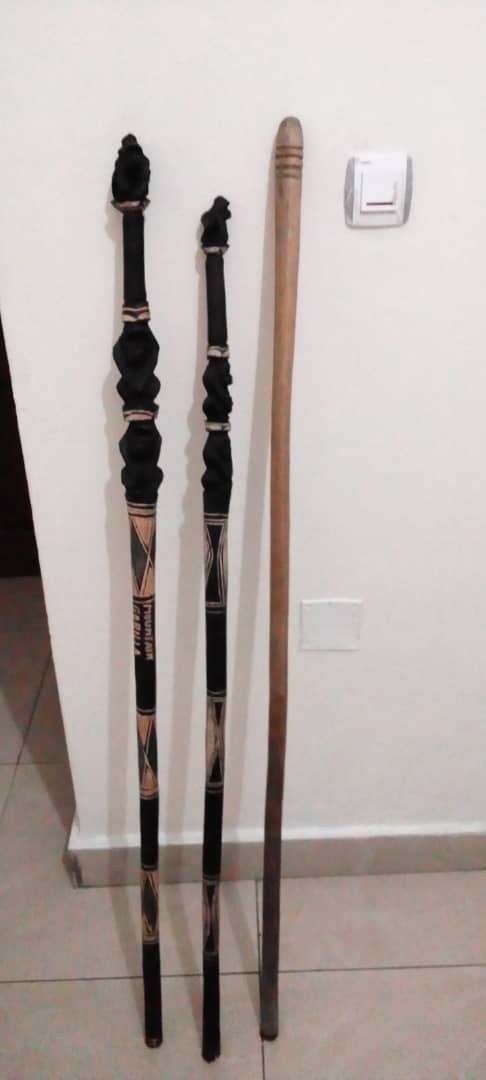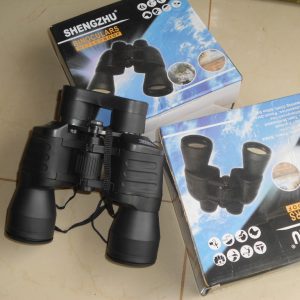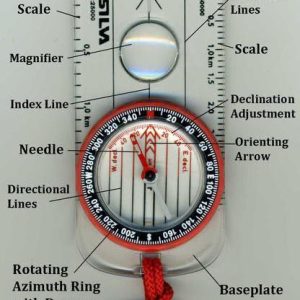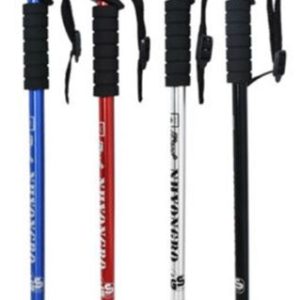Description
Wooden hiking sticks, while traditional and potentially stylish, hold a niche place in the world of hiking poles. They offer some important benefits for hikers, but also come with drawbacks compared to modern trekking poles.
Here’s a breakdown of their importance and description in the context of hiking:
Importance:
- Support and stability: Especially on uneven terrain, a wooden hiking stick can be a great aid in maintaining balance and stability. This is particularly helpful for uphill climbs or descents, reducing fatigue and potentially preventing falls.
- Reduced joint impact: By distributing your weight more evenly across your body, a hiking stick can lessen the impact on your knees, hips, and ankles. This can be a big benefit for people with pre-existing joint issues or those looking to minimize stress on their joints.
- Improved posture: Using a hiking stick encourages good posture while hiking, which can help prevent back pain and fatigue over longer distances.
- Versatility: In a pinch, a wooden hiking stick can be used as a makeshift shelter support by helping set up a tarp.
Description and Drawbacks:
- Weight: Compared to modern trekking poles made from lightweight aluminum or carbon fiber, wooden sticks can be significantly heavier. This extra weight can add up over long hikes, especially for backpackers.
- Durability: While wood can be strong, it’s susceptible to breaking if not properly cared for. Improper drying or exposure to harsh elements can weaken the wood. Modern trekking poles typically offer superior durability.
- No shock absorption: Unlike most modern trekking poles, wooden sticks lack built-in shock absorption features. This can be a disadvantage on hard surfaces or long downhill sections, where repetitive impact can put strain on your joints.
Choosing Wooden Hiking Sticks:
- Wood type: Popular choices include hazel, ash, and hickory, each with varying strengths and weaknesses. Consider factors like weight, flexibility, and local availability.
- Length: Ideally, the stick should reach between your armpit and chin when held upright.
- Tip: A durable tip made of metal or hard rubber is crucial for good traction on different terrains.
- Grip: Comfort is key, so choose a grip that feels good in your hand and won’t cause blisters during extended use.
Overall, wooden hiking sticks offer a traditional and potentially more natural feel for some hikers. They provide valuable support and stability, but come with drawbacks in weight, durability, and lack of shock absorption. Modern trekking poles generally address these drawbacks, but may lack the aesthetic appeal of a classic wooden stick.






Reviews
There are no reviews yet.